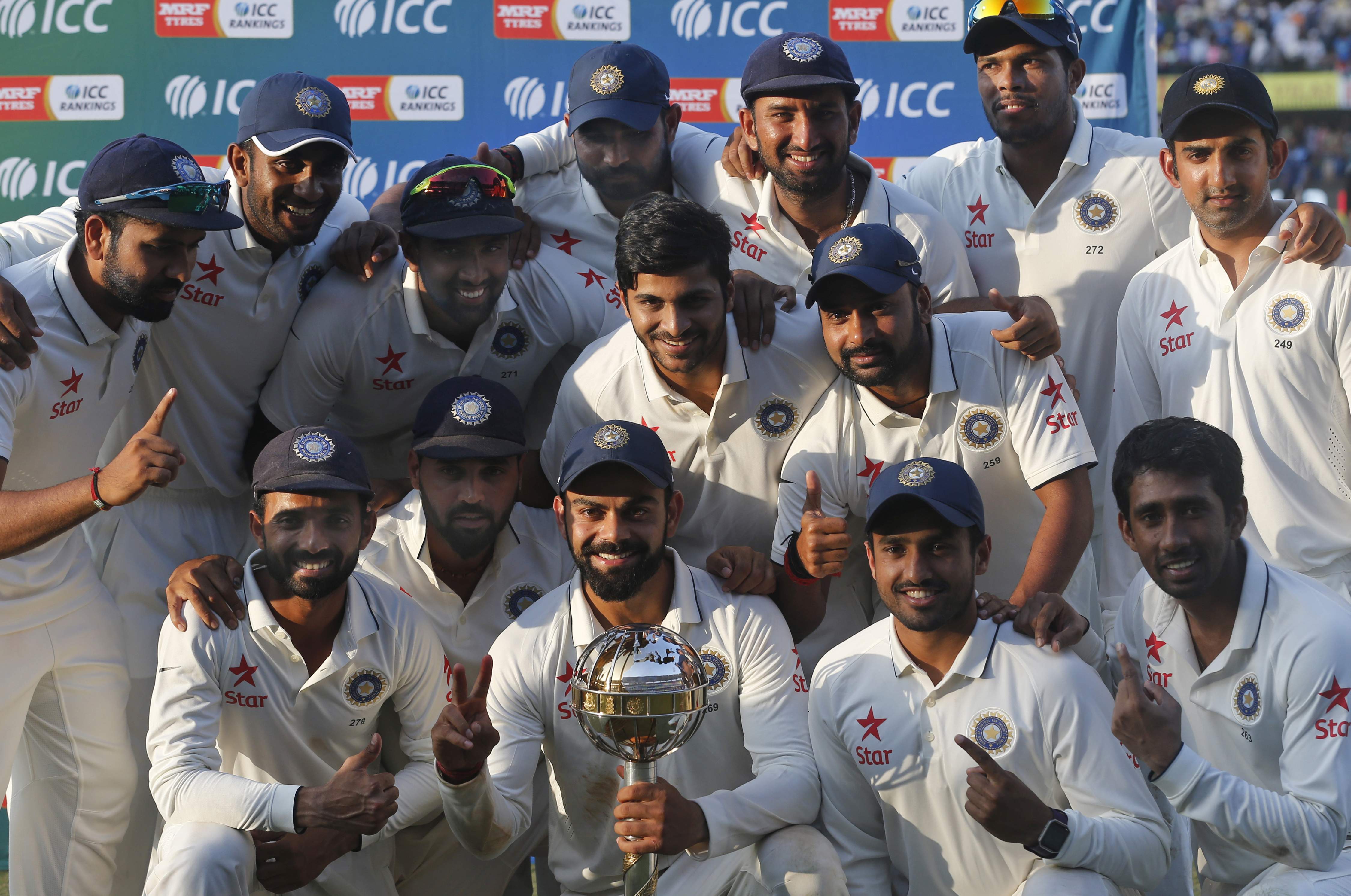
Back in October 2009, during the final of the Champions Trophy at Supersport Park in Centurion, an acquaintance asked Haroon Lorgat, then the International Cricket Council’s chief executive, why the Test Championship is only in talks from ages. Lorgat was quick to blame the doors of the ‘rich’ cricket boards, who were then labeled the Big Three. Australia and England were also blameworthy, he said, but the biggest obstacle was the Board of Control for Cricket in India (BCCI).
However, as the time passed on after that incident, the blame seems to be more absurd. The BCCI continues to get a bad rap, but the numbers suggest that no cricket board does more to spread the wealth around, including the Australia and the England one.
The new play structure that the ICC has put in place for Test and ODI cricket forces teams to play six Test series in a two-year cycle, with the top sides playing most of their matches once either home or away. In ODI, the plan is for a three-year cycle (the first one will run just for 24 months) that includes series against each of the other 12 teams chosen to be part of the elite group.
In the last two years, India have played 24 Tests in as many as seven series. They have played every nation except Pakistan and Zimbabwe. Zimbabwe, after years of decline and uncertainty, has only recently regained its Test membership, while series against Pakistan, has always been victim to the impulses of politicians on both sides of the border. To blame the BCCI for the internal politics makes no sense at all.
Looking at the three-year cycle for ODIs, India has played 12 bilateral series comprising 51 games since October 2014. Out of the 12 series, two were in Zimbabwe. Except for Pakistan, India have toured or hosted each of the Test-playing nations in last three-year cycle.
The new proposals will be of no use if it doesn’t help in rising of the Test cricket especially in the countries where it has struggled to stay relevant. The Test championship can be utilized completely only if a significant share of the revenue from it – assuming sponsors and advertisers scramble aboard the bandwagon – is used to at least somewhat contribute towards the cost of hosting such matches, and the extras they necessitate like the Decision Review System (DRS).
One way to raise playing standards of domestic cricket would be to include them in competitions like the Duleep Trophy and the Sunfoil Series, depending on the country. Afghanistan, Nepal and even Bangladesh A could play in India, while teams like Ireland, Scotland and the Netherlands could be part of certain English tournaments, as they have been at times in the past.
One thing is for sure after looking at the scenarios that it seems that the Test championship will surely help to enhance the fortunes of the longest format of the game in upcoming future.
